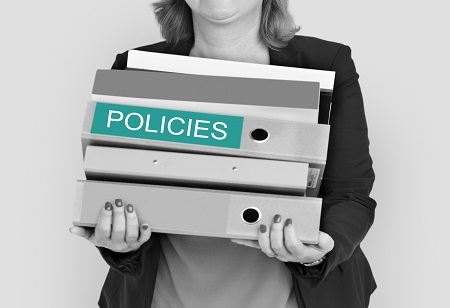
The world’s largest retail store pulled out of Germany in 2006, booking a loss of $9 Billion. There were innumerable amount of reasons for this monumental loss but the major ones were legal and cultural factors. International expansions by most brands that witness failure have one thing in common, they are seen exporting the business model from the home to a new location with minimal to no changes. Every nation has its own legal framework for incoming business, which must be adhered to, and navigating the regulatory labyrinth is a rigorous task in itself, but it must be executed nonetheless.
Presently, businesses worldwide are looking to expand to Asia as it is home to 55% of the world’s consumer segment. According to eastspring investments, India, China and Indonesia by 2030 are said to have a strong consumer base of 830 million. Right now, major companies expanding to Asian markets are ticking the boxes below before setting up businesses there.
Before navigating any regulatory maze, it is important to understand what the maze is. Companies are conducting in-depth, comprehensive research on the legal frameworks they are going to encounter. Every nation in Asia comes with its own unique set of rules and compliance regulations. One tactic they are employing is engaging local experts and legal counselors to gain a strong understanding of the regulations of their specialized industry.
Tesla, before entering China conducted an extensive regulatory analysis. The EV Maker worked closely with the regional experts to understand China’s unique laws and obtained all necessary certifications complying with their standards. As of 2023, Tesla has the second-highest market share in China’s EV sector.
"Using the right Market research methodology together with leveraging the local marketing expert/local domain industry expert can cater to differences," Mint Charoenporn Kaewmanorom, Head of Marketing and IoT Operations, True Digital Group.
We use cookies to ensure you get the best experience on our website. Read more...